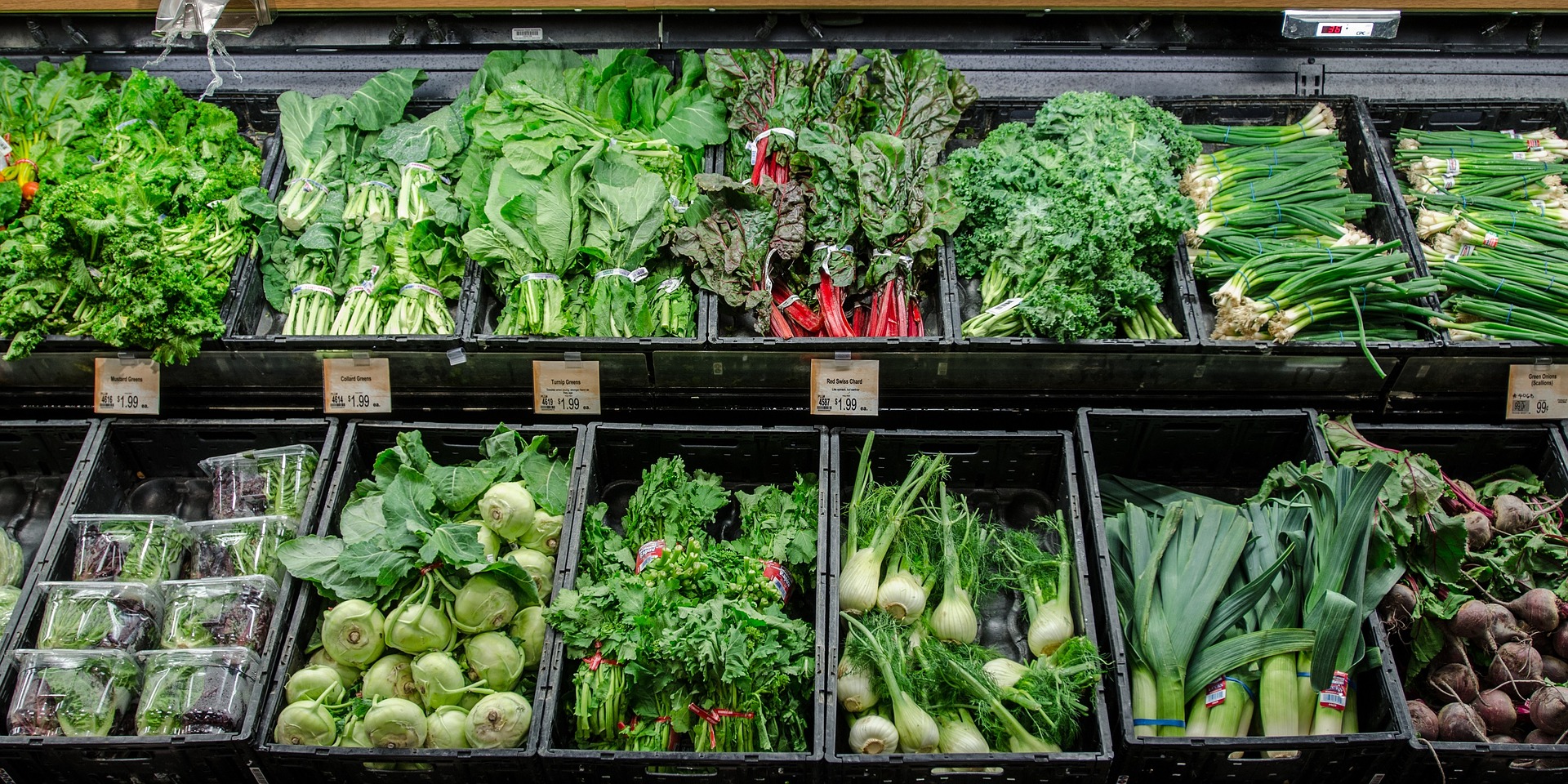In a detailed review of the OECD Council Recommendation on Recombinant DNA Safety Considerations, Peter Kearns et al. find that ‘the Recommendation was a good example of foresight when it was adopted in 1986, when most applications were restricted to containment facilities, although some of the first open-air field trials of GMOs were underway. It addresses issues relevant to human health, the environment, and agriculture that might be considered in a risk/safety assessment.’
The article entitled ‘Biotechnology and Biosafety Policy at OECD: Future Trends’ (DOI: 10.1016/j.tibtech.2021.03.001) …
The Organisation for Economic Co-operation and Development (OECD) when reviewing and considering the update of its Council Recommendation [on Recombinant DNA Safety Considerations] should take into account the accomplishments since 1986, and how the intentions of the Recommendation have largely come true, stating the importance of the principles of familiarity and the comparative approach as well as the case-by-case nature of the pre-market safety assessment of products of modern biotechnology.
[Kearns et al., ‘Biotechnology and Biosafety Policy at OECD: Future Trends’, TIBTECH 39 (2021) 965-969.]

The authors point out that ‘that the Recommendation remains important and should be more widely known. First, it remains in force today and, although it is a recommendation, OECD practice accords recommendations ‘great moral force as representing the political will of Adherents. There is an expectation that Adherents will do their utmost to fully implement a Recommendation’. It is unclear whether OECD members or the wider biotechnology community are aware of the Recommendation and its content.’
The full paper can be downloaded (*.PDF) here.






